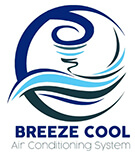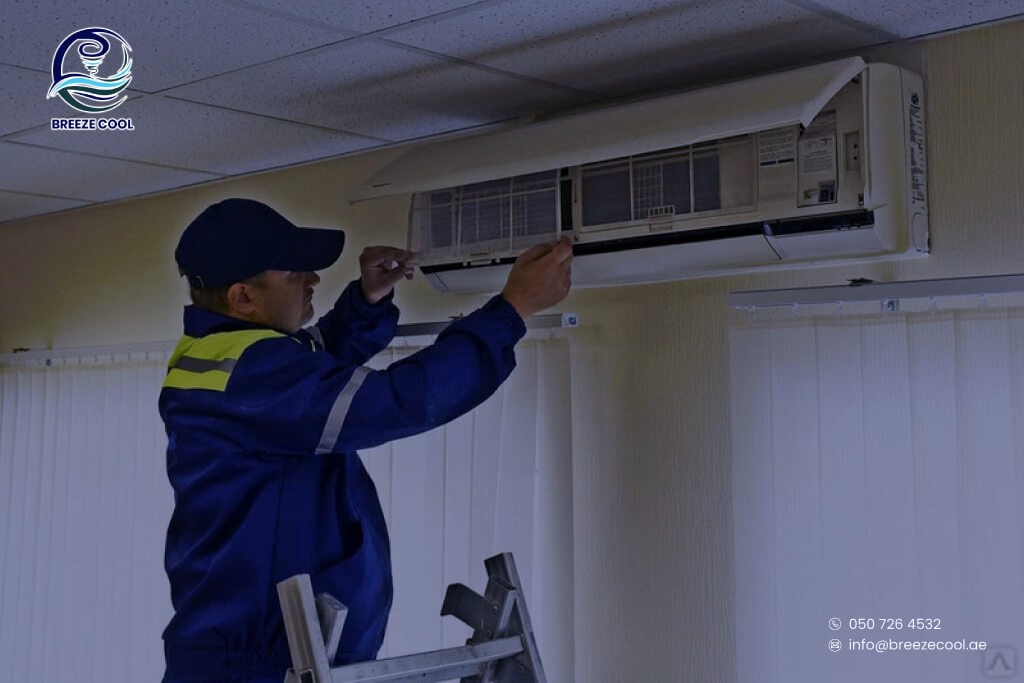Emergency heater repair services in winter are as essential as AC repair in summer because a well-functioning heating or cooling system is non-negotiable. Right after device installation, it is essential to realize that unexpected breakdowns can occur if that unexpected breakdown can occur you’re dealing with a furnace, boiler, or any other heating apparatus.
That’s where we come in – your trusted partners in keeping your heating and air conditioning systems in top-notch condition. In this guide, we’ll look into the fundamentals of emergency heater repair, focusing on the vital components that keep you warm during chilly nights. Moreover, we will talk about the issues we should focus on inspecting in case of an emergency. Let us start this discussion with common heater issues.
Common Heater Issues
Do you know the signs that your heater needs repair? Numerous frequent glitches that affect the operation of heaters can occur. What happens if you see your thermostat altering the temperature by playing games? Then there is the dust party that gathers on vents and heating components, which is problematic and potentially a fire hazard.
Your heater may become unresponsive due to ignition or pilot control malfunctions. A cranky thermocouple that extinguishes the pilot light may be an issue with gas heaters. Not to mention how hard-to-get clogged air filters may be, decreasing heat output and driving up energy costs. And ducts that leak? They resemble covert pathways to warmth.
In addition, fuse blowouts and tripped circuits are examples of electrical crises that may ruin a heated party. So, to avoid these problems and keep things warm, show your heater some love with routine inspections and cleanings!
Tools and Equipment
A wrench, screwdrivers, a multimeter, a pipe cutter, and a gas leak detector are necessary equipment for emergency heater repair. To guarantee safety, start by shutting off the electricity and gas. On the other hand, check for problems with the air filter, thermostat, and pilot light. Contact HVAC experts who provide round-the-clock emergency services if troubleshooting doesn’t work.
They have experience with radiators, boilers, and heating systems. Always put safety first, and watch for carbon monoxide and gas leaks. For extensive repairs beyond do-it-yourself, speak with certified brand organizations like Sears or reliable local specialists. Recall that prompt action is essential in home heating crises.
Step-by-Step Repair Guide
With our instruments ready, it’s time to get our hands dirty and fix things. Safety first: always turn off the power and fuel supply before doing any repairs. Together, let’s troubleshoot the pilot light first. If it doesn’t light your fire, we’ll move on to the thermostat, heating element, and ignition mechanism. Every step is essential, and we’ll support you all the way.
1. Identify the Issue
Begin by pinpointing the specific problem and find any unusual sounds, leaks, or lack of heat. However, this initial assessment helps streamline the troubleshooting process.
2. Inspect Power Supply
Verify that the heater is receiving power; if not, check the circuit breaker for tripped switches. In short, ensure that the power cord is securely connected. If necessary, reset the breaker and monitor for changes.
3. Check Thermostat Settings
Examine the thermostat settings to ensure they are configured correctly. Moreover, adjust the temperature settings and listen for any clicks indicating an engaged thermostat.
4. Inspect Pilot Light
If your heater has a pilot light, inspect it for signs of extinguishment. If it’s out, relight it following the manufacturer’s instructions because a steady flame indicates proper functionality.
5. Examine Gas Supply
If you own a gas heater, check the gas supply. Ensure the gas valve is open, and there are no leaks. On the other hand, if you detect a gas odor, evacuate the area immediately and contact emergency services.
6. Clear Air Vents
Ensure that air vents and ducts are clean because restricted airflow can lead to overheating and system shutdown. Consider removing any debris or obstructions around vents.
7. Inspect Filters
Filters are lungs to heating and cooling devices, and dirty or clogged filters can impede airflow and reduce heating efficiency. So, replace or clean filters according to the manufacturer’s recommendations.
8. Verify Ignition System
If your heater uses an electronic ignition system, check for any faults. Moreover, look for error codes on the control panel and consult the user manual for troubleshooting guidance.
9. Examine Heat Exchanger
Look for any indications of damage or cracks on the heat exchanger. Damage to a heat exchanger can be dangerous and require expert repair.
10. Seek Professional Assistance
Seek assistance from a skilled HVAC technician immediately if troubleshooting techniques fail to cure the problem or if handling gas-related issues makes you uncomfortable.
Conclusion
To sum up, becoming an expert in emergency heater repair will enable you to take charge of the future of your home’s heating system. You put a lot of effort into your heating system, so it only makes sense that you know how to give it the care it needs. Recall that our team of professionals at BreezCool is accessible around the clock to offer emergency assistance and help if you ever feel overwhelmed or hesitant throughout the repair procedure. Let’s work together to ensure your heating system keeps you toasty and comfortable.
Q. Is the upkeep of a heater and an air conditioner similar?
Both heater and AC maintenance require routine cleanliness checks, efficiency monitoring, and prevention of possible malfunctions, though they diverge in several specific aspects. The upkeep of a heating unit typically involves the scrutiny of combustion systems and the safety of flue systems. On the other hand, air conditioner maintenance predominantly includes checks on the coolant levels and airflow state.
Q. Can you clarify what emergency servicing for heaters means?
Emergency servicing, often referred to as breakdown maintenance, is when a heater or any of its associated units experience a sudden malfunction or alteration in its state that could potentially jeopardize health and safety.
Q. Can I repair a room heater on my own?
Electric heaters have a simple working mechanism, making troubleshooting and repair relatively easy. Moreover, the guides for electric heaters explain the appliance’s workings, joint issues, how to identify the problem, and the necessary parts and tools required for fixing.
Q. How do you know if your heater is overheating?
If you notice an unusual burning smell in your home, hear strange noises when your furnace is running, or experience premature shutdown before a heating cycle completes, your furnace may be overheating. These are signs of an overworked furnace engine.

